What Is A Graticule Microscope ?
A graticule microscope is a type of microscope that has a graticule or reticle in the eyepiece. The graticule is a grid or scale that is used to measure the size and position of objects viewed through the microscope. It is commonly used in biology, medicine, and materials science to measure the size and shape of cells, tissues, and other microscopic structures. The graticule can be calibrated to provide accurate measurements of the objects being viewed. Graticule microscopes are often used in research and quality control applications where precise measurements are required.
1、 Optical Microscopy
A graticule microscope is a type of optical microscope that is equipped with a graticule or reticle, which is a grid-like pattern etched onto a glass slide or inserted into the eyepiece. The graticule serves as a reference scale that allows the user to measure the size and position of microscopic objects with greater accuracy and precision.
In addition to the graticule, modern graticule microscopes may also feature advanced imaging technologies such as digital cameras, fluorescence microscopy, and confocal microscopy. These technologies enable researchers to capture high-resolution images of biological specimens and analyze their structure and function at the cellular and molecular level.
Graticule microscopes are widely used in various fields of science, including biology, medicine, materials science, and nanotechnology. They are particularly useful for studying the morphology and behavior of cells, tissues, and microorganisms, as well as for analyzing the properties of materials such as metals, polymers, and semiconductors.
Overall, graticule microscopes are essential tools for scientific research and have contributed significantly to our understanding of the natural world and the development of new technologies. As imaging technologies continue to advance, graticule microscopes are likely to remain a vital component of scientific inquiry for years to come.

2、 Grid Pattern
A graticule microscope, also known as a reticle microscope, is a type of microscope that has a grid pattern etched onto the eyepiece. This grid pattern, also known as a graticule or reticle, is used to measure the size and shape of objects being viewed under the microscope. The grid pattern is typically made up of a series of lines or dots that are evenly spaced apart and can be used to determine the size of cells, bacteria, or other microscopic structures.
In addition to measuring the size and shape of objects, graticule microscopes can also be used to count the number of cells or other structures in a given area. This is particularly useful in fields such as microbiology, where researchers need to determine the concentration of bacteria or other microorganisms in a sample.
The latest advancements in graticule microscopes include the use of digital imaging technology, which allows researchers to capture images of the grid pattern and analyze them using specialized software. This has made it easier to measure and analyze microscopic structures, and has led to new discoveries in fields such as medicine, biology, and materials science.
Overall, graticule microscopes are an essential tool for researchers and scientists who need to study microscopic structures and measure their size and shape. With the latest advancements in technology, these microscopes are becoming even more powerful and versatile, and are sure to play an important role in scientific research for years to come.
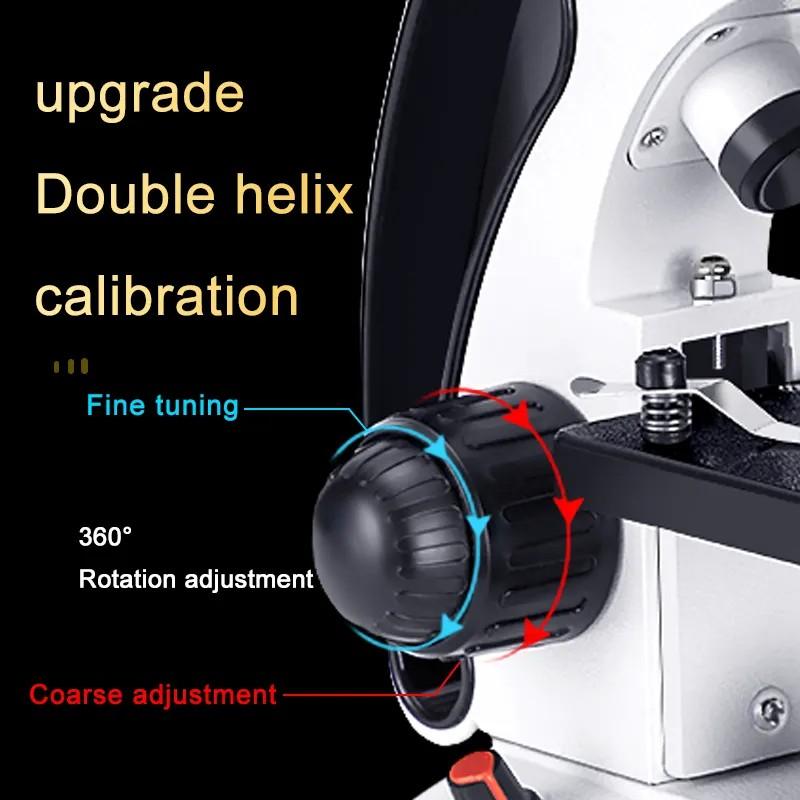
3、 Measurement Tool
A graticule microscope is a type of microscope that is equipped with a graticule, which is a grid or scale that is etched onto the eyepiece or objective lens. The graticule is used as a measurement tool to help users accurately measure the size and dimensions of objects that are being viewed under the microscope.
The graticule microscope is commonly used in scientific research, medical laboratories, and industrial applications where precise measurements are required. It is particularly useful in fields such as metallurgy, biology, and materials science, where the size and shape of microscopic structures are critical to understanding their properties and behavior.
In recent years, advances in technology have led to the development of digital graticule microscopes, which use digital imaging and software to provide even more accurate and precise measurements. These microscopes can also be used to create 3D images of microscopic structures, allowing researchers to study their shape and morphology in greater detail.
Overall, the graticule microscope remains an essential tool for scientists and researchers who need to make precise measurements of microscopic structures. As technology continues to advance, it is likely that we will see even more sophisticated and powerful graticule microscopes in the future.
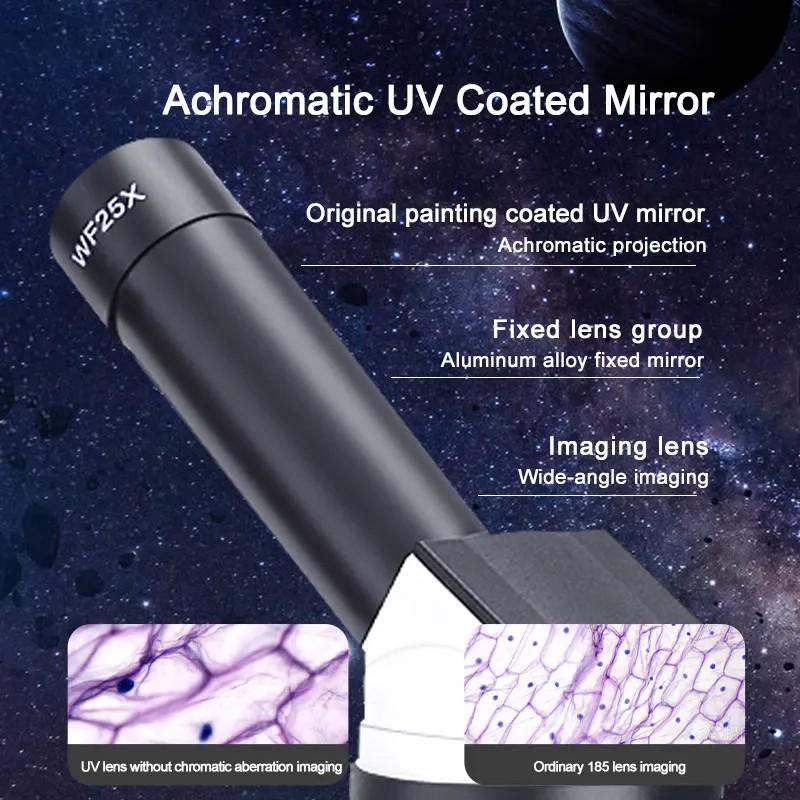
4、 Magnification
What is a graticule microscope?
A graticule microscope is a type of microscope that is equipped with a graticule, which is a grid or scale that is etched onto the eyepiece of the microscope. The graticule is used to measure the size and shape of microscopic objects that are viewed through the microscope. The graticule is typically calibrated to a specific magnification, so that measurements can be made accurately.
The graticule microscope is commonly used in scientific research, medical laboratories, and educational settings. It is particularly useful for measuring the size and shape of cells, bacteria, and other microscopic organisms. The graticule can also be used to measure the size of particles in a sample, such as dust or pollen.
Magnification:
Magnification is an important aspect of the graticule microscope. The magnification of the microscope determines how much the image is enlarged, and therefore how much detail can be seen. The magnification of the microscope is determined by the combination of lenses in the microscope, and can range from a few times to several hundred times.
In recent years, advances in technology have led to the development of digital graticule microscopes, which use digital cameras to capture images of the microscopic objects. These digital microscopes can be connected to a computer, allowing for easy sharing and analysis of the images. Additionally, some digital microscopes have built-in software that can automatically measure the size and shape of the objects in the image, making the process of analysis faster and more accurate.










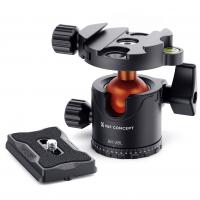


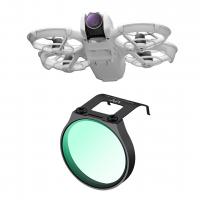







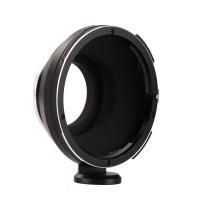
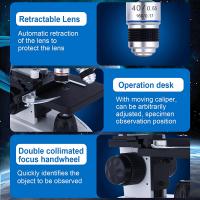
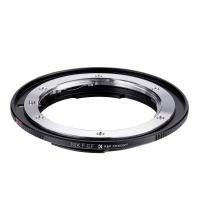


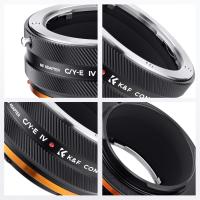

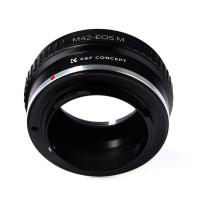

There are no comments for this blog.